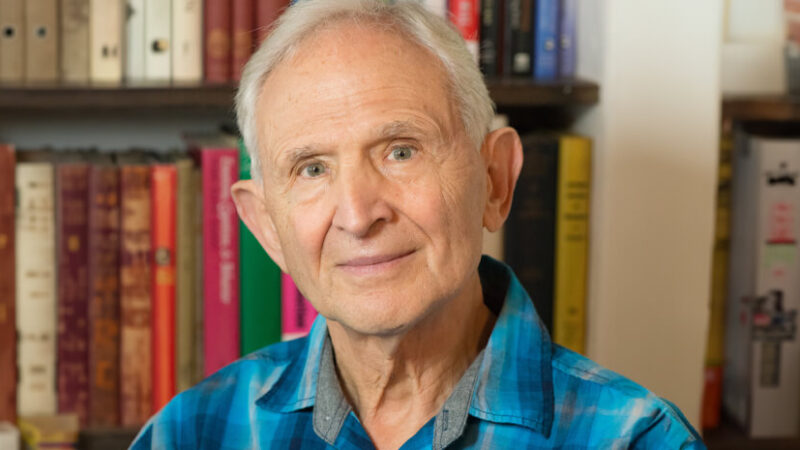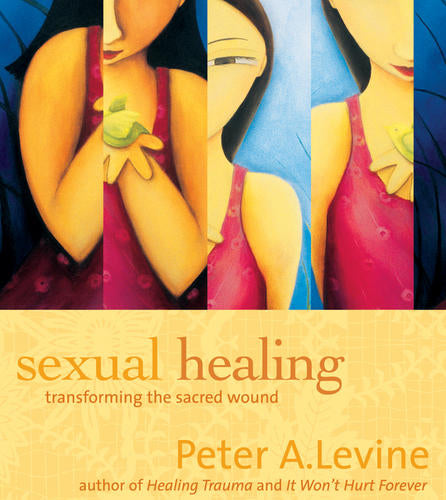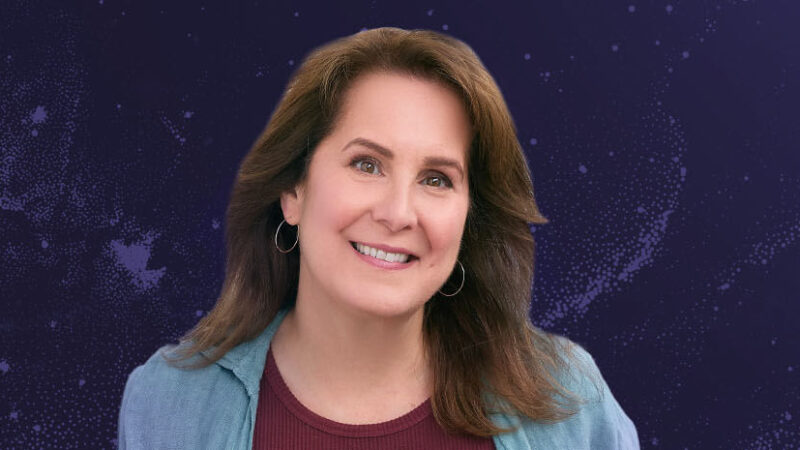Peter A. Levine: From Trauma to Awakening and Flow
After 50 years of helping thousands of clients in trauma recovery and now in his 80s, Peter A. Levine, PhD, continues the work of healing—both others and himself. In this podcast, Tami Simon speaks with the beloved Sounds True author and groundbreaking creator of the Somatic Experiencing® method about his personal journey and ongoing mission.
Give a listen to this inspiring conversation about the importance of community, the power of compassion, and the profound wisdom of the body, as Tami and Dr. Levine discuss: personal writing as a tool for working with trauma; self-compassion and kindness; conception trauma and procedural memories; the archetype of the wounded healer; the body as healer; how both trauma and wisdom are passed from generation to generation; conversations with Einstein; getting to the root of where you’re stuck; the promises and pitfalls of psychedelics; lessening our fear of dying; on-the-spot techniques for feeling safe in your nervous system; the ongoing nature of healing; the journey from trauma to awakening and flow; and more.
Note: This episode originally aired on Sounds True One, where these special episodes of Insights at the Edge are available to watch live on video and with exclusive access to Q&As with our guests. Learn more at join.soundstrue.com.









